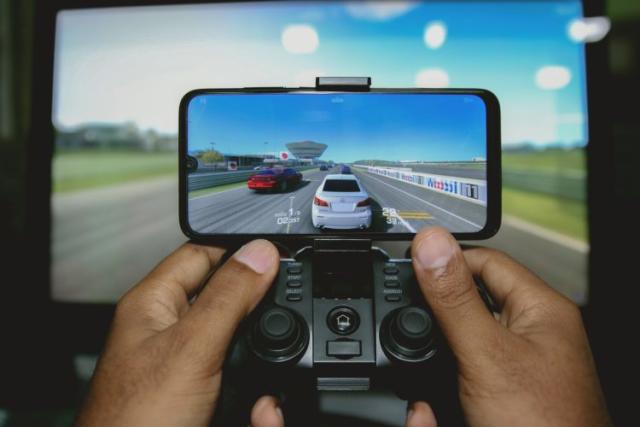Erotic games have long occupied a controversial space within the broader landscape of digital entertainment. Often dismissed as mere adult content, these games are increasingly being examined through the lens of art and creative expression. The question arises: can erotic games be considered art? Exploring this genre, particularly through accessible browser-based titles, offers insight into how interactive media blends narrative, visual design, and emotional engagement to create unique experiences.
Art is typically defined by its ability to evoke emotions, convey ideas, and reflect cultural or personal perspectives. Erotic games share many of these qualities while adding interactivity as a defining feature. Unlike traditional artworks such as paintings or films, these games invite players to participate actively in shaping the story or exploring themes related to desire, intimacy, and human relationships. This participatory element distinguishes them from passive forms of media and aligns with contemporary understandings of art that emphasize experience alongside aesthetics.
browser hentai game-based erotic games offer an especially interesting case study because they are widely accessible without requiring specialized hardware or software installations. These titles often incorporate rich storytelling combined with stylized visuals that range from minimalist designs to intricate illustrations reminiscent of graphic novels or animation styles. Developers frequently use narrative techniques common in literature-such as branching storylines and character development-to deepen player investment beyond surface-level titillation.
Moreover, some browser-based erotic games tackle complex subjects including identity exploration, consent dynamics, emotional vulnerability, and societal taboos. By doing so thoughtfully rather than exploitatively, they challenge preconceived notions about what constitutes meaningful content within adult entertainment. This approach encourages players not only to engage sexually but also intellectually and emotionally with the material presented.
Critics may argue that explicit content overshadows artistic merit; however, history shows numerous examples where sexuality has been integral to artistic movements across cultures-from classical sculpture to modern cinema. In digital spaces where boundaries between genres blur constantly, erotic games contribute their own voice by merging interactivity with sensuality in ways traditional mediums cannot replicate.
In conclusion, when evaluated on criteria such as creativity, emotional resonance, thematic depth, and aesthetic quality-qualities central to most definitions of art-erotic browser-based games demonstrate significant potential as an artistic medium. They push conventional limits by combining storytelling with user agency while addressing intimate aspects of human experience thoughtfully. Recognizing this allows for a more nuanced appreciation of the genre beyond stigmatization rooted solely in its explicit nature.




